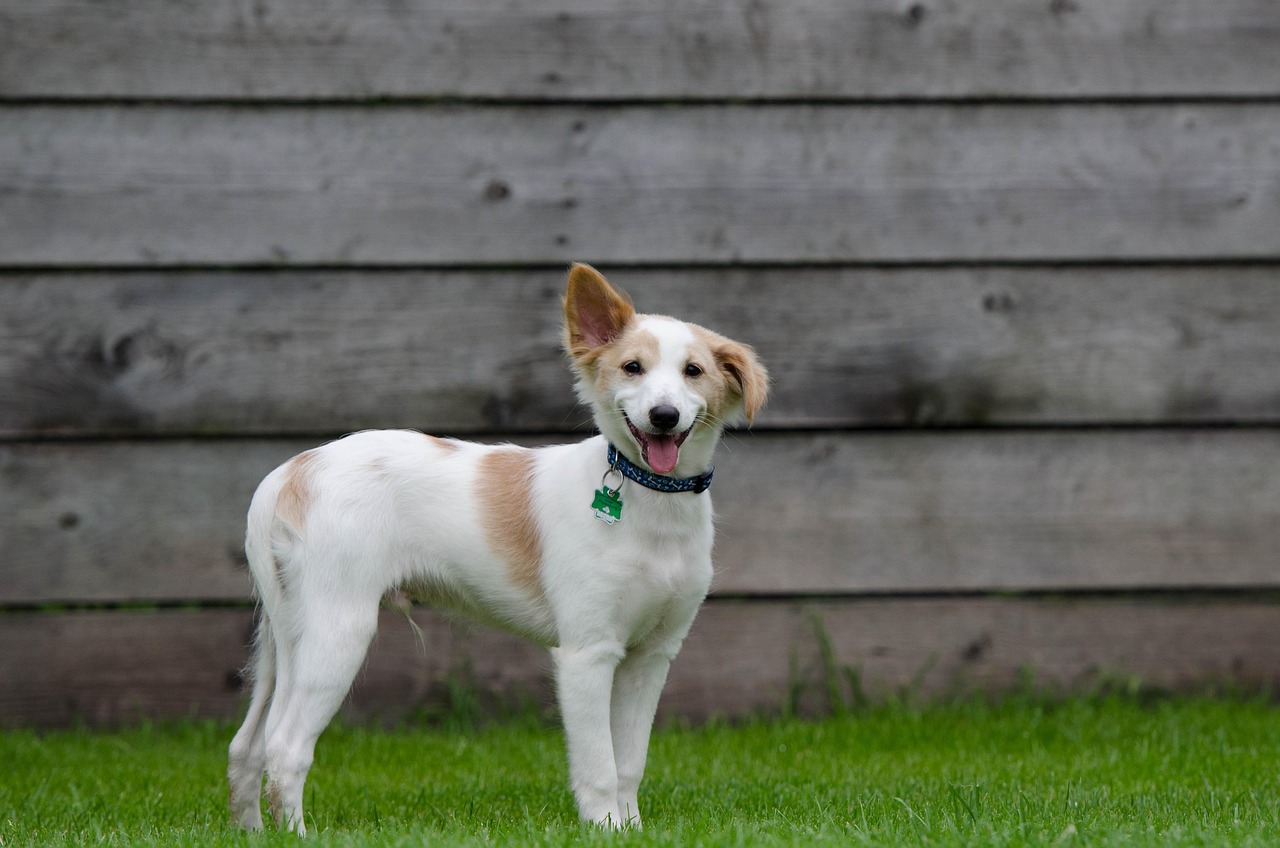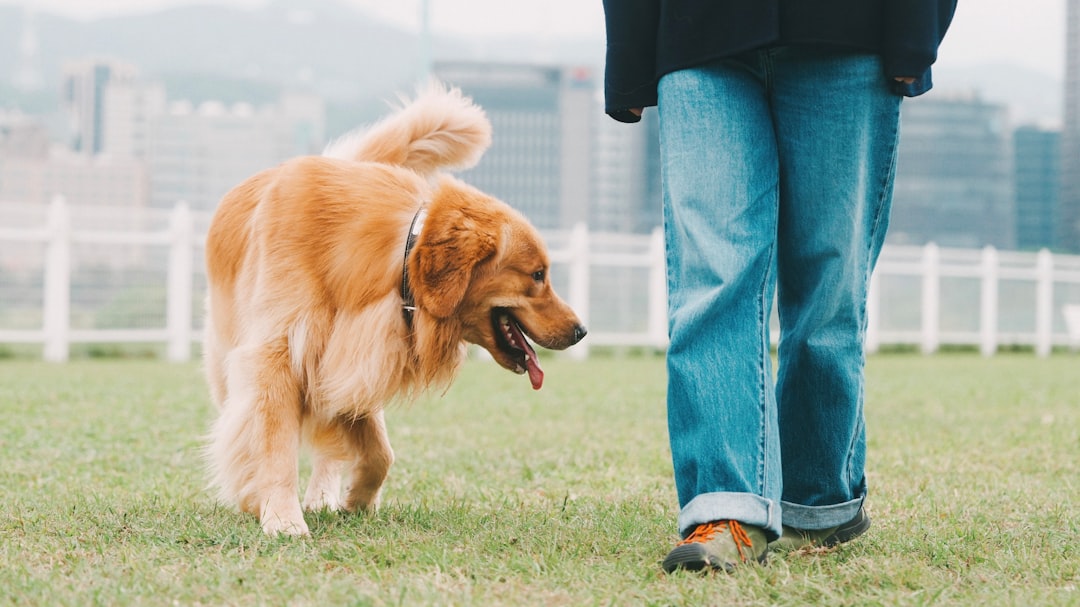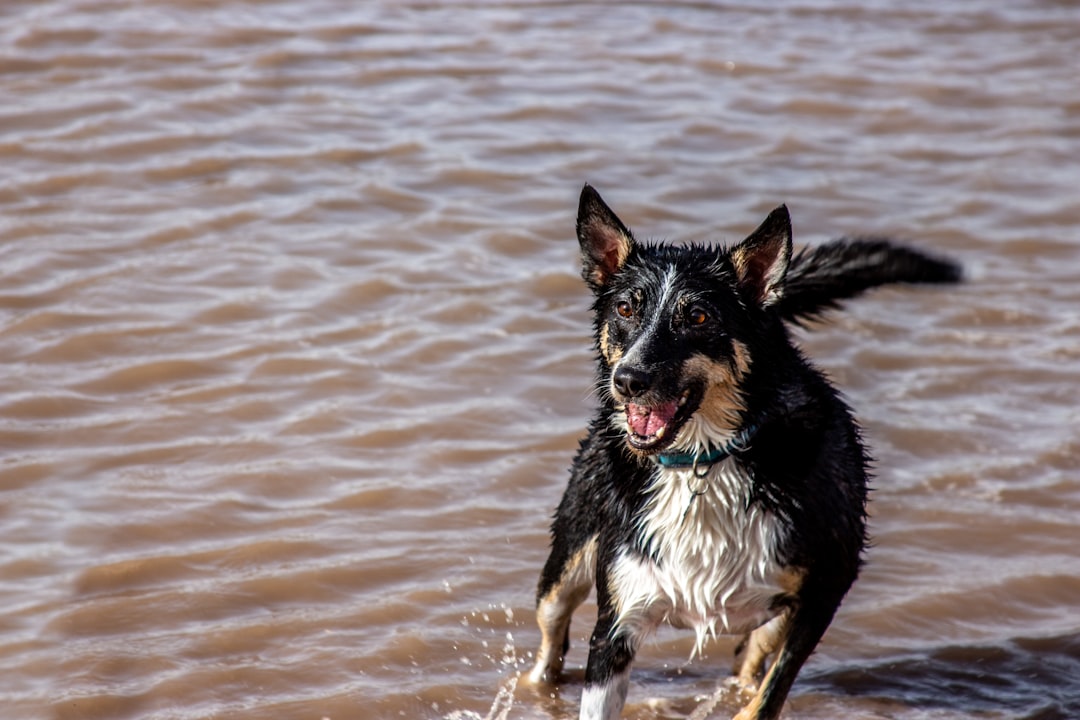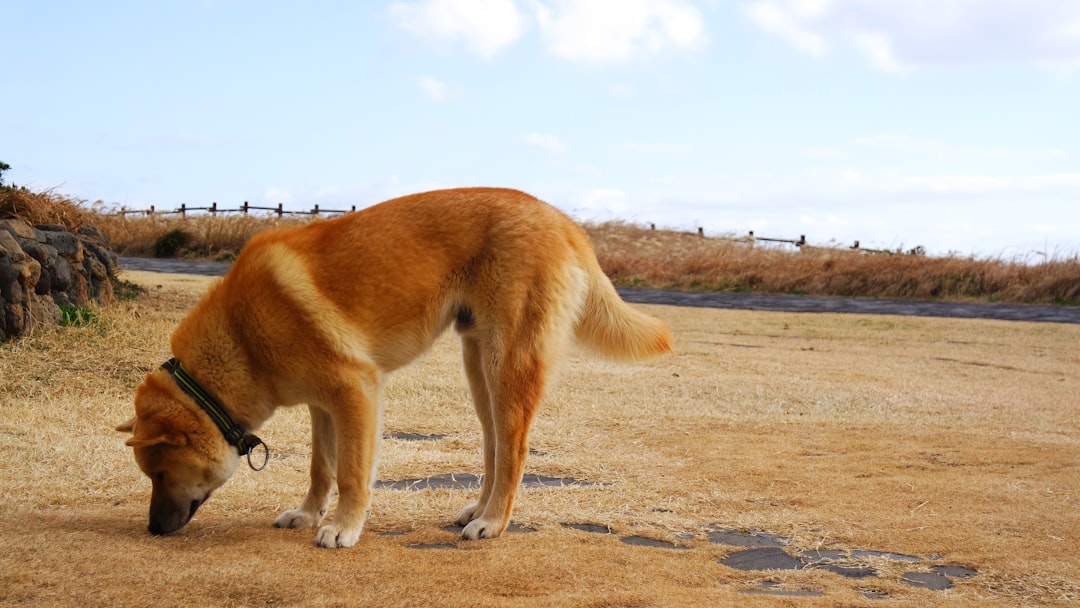You’ve likely watched dance with excitement when you walk through the door, or seen it tuck between their legs during a thunderstorm. Most of us think we understand tail talk, but honestly, there’s so much more happening than meets the eye.
Your pup’s tail is like a secret emotional telegraph, constantly sending messages about their inner world. Yet we often miss these subtle signals completely. All a wagging tail means is that the dog is emotionally aroused, and when you read a dog’s communication, look at every signal the dog is using from the tail height to the eye shape. Understanding these hidden emotional cues can transform your relationship with your furry friend. Let’s dive into the fascinating world of canine tail language.
The Fearful Freeze: When Movement Stops Cold

Picture this: your dog suddenly stops wagging their tail mid-interaction, holding it perfectly still. This isn’t just a casual pause – it’s an emotional emergency brake. A dog may stop moving its tail, holding its tail and body stiff, as an attempt to pause or discontinue an interaction. Many dogs do this when petted by strangers, to communicate that they no longer want to interact with them.
A fearful dog whose tail is still is likely shut down, afraid to move at all. An aroused, angry dog whose tail stops wagging may be doing the agonistic freeze. When you see this frozen tail, your dog is essentially throwing up a stop sign. They’re overwhelmed and need space immediately.
I’ve noticed many well-meaning people miss this signal completely. They keep approaching or petting, not realizing their dog is silently screaming for help. A stiff tail can convey a sense of tension or alertness, such as when a dog hears an unknown noise in the backyard and looks to identify it. A stiff tail can also act as a warning that the dog is on high alert about a potential threat.
The key is watching for that sudden change from movement to stillness. It’s your cue to back off and give your pup the breathing room they desperately need.
The Left-Right Love Language: Directional Wagging Reveals Everything

Here’s something that might blow your mind: dogs wag their tails to the right when they are happy or confident, and to the left when they are frightened. This isn’t just coincidence – it’s actually connected to how their brains process emotions, just like in humans.
Dogs wag their tails slightly to the right when they feel positive emotions and to the left when they’re uneasy. The next time your dog spots a beloved person and wags right, that’s love. Think of it as your dog’s emotional GPS system in action.
This discovery revolutionizes how we can read our dogs’ feelings. One study suggests that the direction of a wag can be a sign of what a dog thinks. Based on this, a tail wagging more to the right side is a sign of a relaxed dog, whereas the left side could be a sign of stress or anxiety.
Next time you’re introducing your dog to someone new, watch which direction that tail bias goes. A subtle left lean might mean they need more time to feel comfortable, while a right-biased wag is your green light for positive interaction.
The Emotional Conflict Wag: When Dogs Feel Torn

Dogs experiencing emotional conflict may begin to wag their tails rapidly as a reflection of their discomfort. Tail wags are often misinterpreted to mean that the dog is “friendly” and wants to engage, when the dog may be trying their best to find a way to end the interaction. This is perhaps the most misunderstood tail signal of all.
Picture a dog at the vet’s office – tail wagging frantically, yet clearly stressed. They’re caught between wanting to be social and feeling terrified. Next time you see wagging, think twice before you assume they are happy. Remember that they can actually be feeling stressed, anxious, angry, or uncomfortable while still wagging their tails.
A tail may begin to wag tentatively during an interaction – the message here is “pause”. Dogs experiencing emotional conflict may begin to wag their tails rapidly as a reflection of their discomfort. This rapid, conflicted wagging often appears stiff rather than loose and flowing.
The tragedy is that this miscommunication can escalate situations. In some cases, this miscommunication ends with physical confrontations such as snaps or bites. Learning to spot this emotional tug-of-war could prevent so many unfortunate incidents.
The Circle of Trust: When Tail Wags Go Full Helicopter

You know that moment when isn’t just wagging – it’s practically spinning like a helicopter blade? A circular wag is often associated with happy and playful behavior in dogs. It can also suggest they are trying to appease or please their owners. This is pure joy in motion.
If a fast “helicopter” wag causes your furry friend’s whole body to wiggle, they’re likely thrilled to see you. When the entire body gets involved in the celebration, you’re witnessing canine euphoria. It’s like your dog’s whole being is singing with happiness.
Yet even here, context matters enormously. Wide arc wagging suggests that your dog is extremely happy and excited. They may also be experiencing a surge of positive emotions, such as joy or love. This type of wag typically happens in safe, familiar environments with people they adore.
These helicopter wags are precious moments that deserve celebration. They’re your dog’s way of saying, “You’re my absolute favorite person in the universe, and I can barely contain my excitement about it.”
The Submission Signal: Low Wags That Whisper “Please Don’t Hurt Me”

The low tail wag is often accompanied by a lowered body posture and, sometimes, submissive urination. Also, the faster that lowered tail is wagging, the more emotion the dog is expressing to you. This isn’t the confident wag of a happy dog – it’s a plea for gentle treatment.
If is tucked or held low and they are wagging it nervously, it can be a sign of anxiety or fear. The slow, low wag may be accompanied by other signs of distress, such as cowering, lip licking, or avoidance behavior. These dogs are essentially asking for patience and kindness.
All that appeasement behavior she’s offering is her way of telling you that you are making her very uncomfortable and she wants you to leave her alone. While some dogs may enjoy a belly rub, a low-tail wagger is likely pleading with you to go away; she feels very threatened by your proximity and is making a last-ditch effort to get you to leave her alone.
The heartbreaking truth is that many people interpret this submissive behavior as an invitation for interaction. Understanding this signal can prevent trauma for sensitive dogs and help them feel safer in your presence.
The High Alert: When Tails Stand Tall with Warning

When a tail moves from neutral, to taut vertical, to a tight arch over the back, it indicates increased arousal. This tail position is an assertive posture that can progress to an intense aggressive display. This is your dog’s way of saying they’re ready for anything – and not necessarily in a good way.
A high, stiff tail is typically a sign of alertness and potential aggression. It indicates that the dog is on high alert, ready to defend itself or assert dominance. Think of it as your dog’s equivalent of standing on their tiptoes to appear larger and more imposing.
If you notice your dog holding their tail high and stiffly wagging, your dog might be feeling alert and agitated by something. You may need to take action to prevent your dog from becoming aggressive. This isn’t the time for casual greetings or forced interactions.
However, breed matters here too. Breeds such as Huskies, Akitas, and Pugs naturally carry their tails high, making this trait less indicative of emotional arousal. Knowing your dog’s natural tail carriage helps you identify when something’s actually changed in their emotional state.
Conclusion

is more than just a cute feature – it’s a powerful communication tool. By learning to understand language, you’ll be better equipped to support their emotional well-being and build a strong, trusting bond. These six hidden signals represent just the beginning of a deeper conversation with your canine companion.
Once you start noticing these subtle emotional cues, you’ll realize your dog has been trying to tell you so much more than you ever imagined. The nervous conflict wag, the directional bias, the frozen fear response – each signal is a window into their inner world. What amazes me most is how much dogs trust us with these vulnerable emotional displays, hoping we’ll understand and respond with kindness.
What do you think? Have you noticed any of these hidden tail signals in your own dog? Tell us in the comments about the most surprising emotional message you’ve discovered in your pup’s tail language.

Gargi from India has a Masters in History, and a Bachelor of Education. An animal lover, she is keen on crafting stories and creating content while pursuing a career in education.






